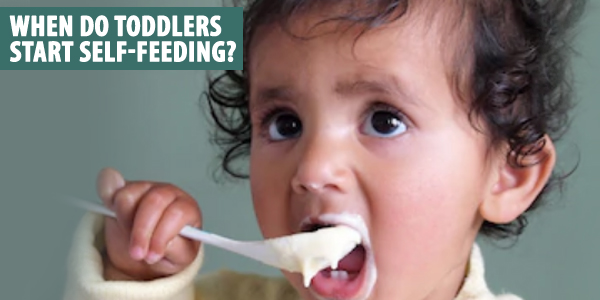
Self-feeding is not just exciting for the parents but also for the little ones who begin their journey of senses. With self-feeding, they explore food with all their senses -taste, touch & smell. But apart from exploration, there is a lot of learning for both the baby and parents need to do, like the development of motor skills.
What can help your baby make a smooth transition from spoon to finger?
It is going to be messy at first with food falling everywhere but good finger foods act as nutritional supplements and also help in hand-mouth coordination.
Make sure the finger foods are given to the baby only when the baby is sitting, not while crawling or toddling around. Finger foods don’t need to be chewed which is appropriate for babies as most of their teeth are still coming in at this stage.
Give them 4 to 5 pieces of food, to begin with. Too much food in front of babies will tempt them to stuff all of it at once or scatter them on the floor.
Also, soft foods like mango or tofu might slip through your little one’s tiny, pudgy fingers. So some biscuits or crackers crumbled and sprinkled over the food will give them something to hold onto.
Finger foods like cheese, steamed vegetables, and very ripe fruits like banana, pear and mango and softer foods like bread, tofu and cooked pasta are also good options.
What are the foods which can cause your baby to choke?Avoid uncooked raisins, whole peas, raw vegetables and meaty chunks.
What is the best eating position to avoid gagging?
Your baby should always be sitting upright in a chair while eating. High chairs are highly advised.
Self-feeding can get too messy at times but do remember, it makes eating a more fun and desirable process for your baby as he/she gets to explore food on his/her own. There will be squeezing, crushing and squirming and you may have more to clean a lot initially at least. But it won’t be all work and no play, your baby is going through the most important learning and joyful experience and you ought to enjoy it as well!